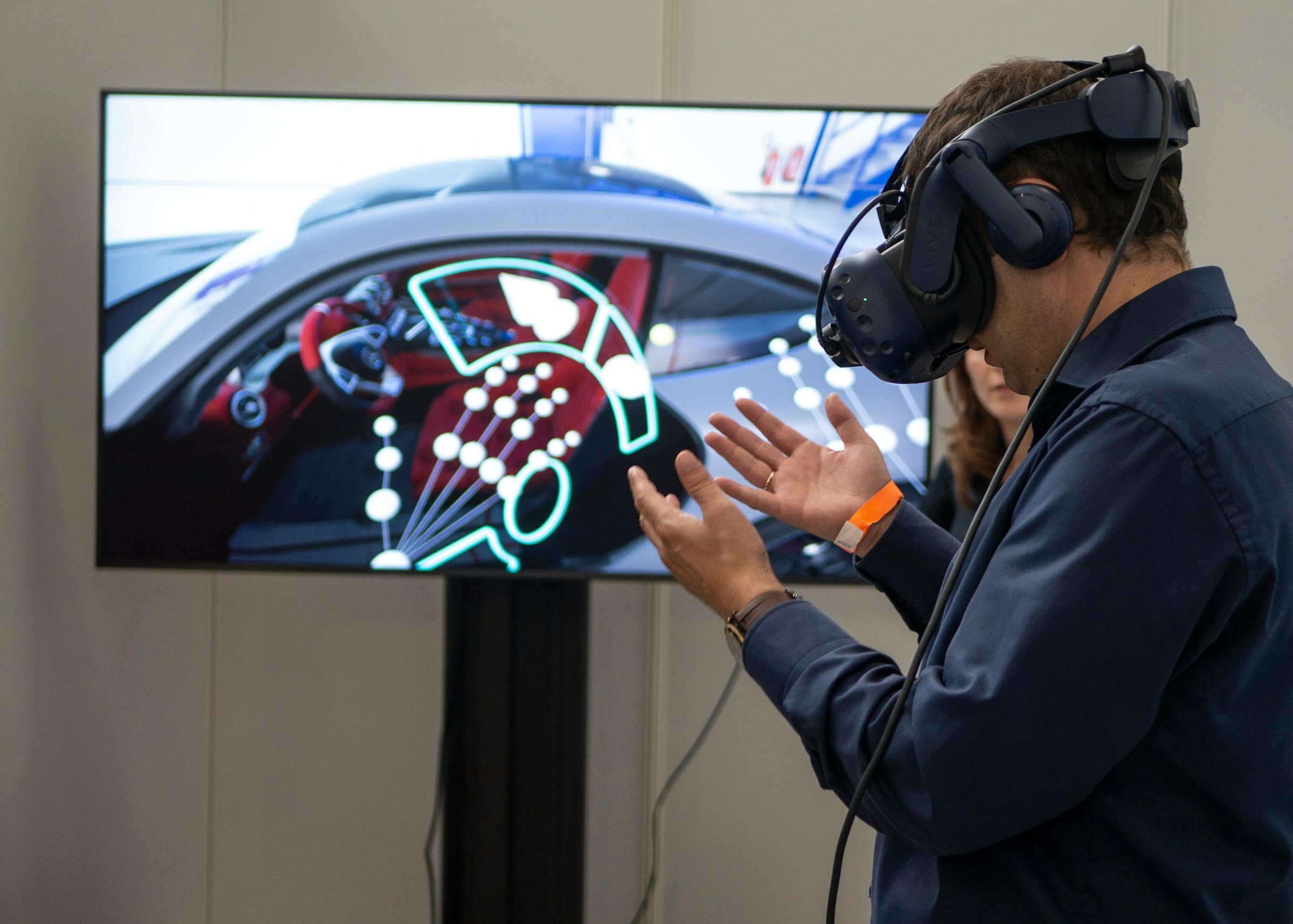
How do you set up an Intel Compute Stick for remote desktop access in a virtualized environment?
As technology evolves, the need for flexible and portable computing solutions has grown. One of the cutting-edge devices that have emerged to meet this need is the Intel Compute Stick. It's a super-compact computer that fits into the palm of your hand, yet it packs the power to run a full-fledged Windows operating system and various software applications.
The Intel Compute Stick plugs directly into the HDMI port of a monitor or TV, instantly transforming it into a fully functional computer. What makes it even more fascinating is the ability to use this device in a virtualized environment for remote desktop access. With just a USB stick, you can set up a virtual machine and access a desktop system remotely, without the need for a traditional desktop tower or laptop.
Avez-vous vu cela : What are the steps to configure a high-speed 10GbE network for a small business using a Netgear XS708T switch?
In this article, we'll explore the steps you need to take to set up an Intel Compute Stick for remote desktop access in a virtualized environment. We'll cover everything from the initial installation to establishing a network connection and using virtualization software.
Installation of the Intel Compute Stick
Before you get started with anything else, the first step is to install the Intel Compute Stick into an HDMI port. This device is essentially a computer on a stick, and it will provide the computing power for your virtual environment.
Sujet a lire : How can you set up a docked workstation using a Lenovo ThinkPad USB-C Dock Gen 2?
To install, simply plug the device into an HDMI port on your monitor or TV. Make sure that the USB power cable is connected to the stick and plugged into a power outlet. Once you've done this, you'll be ready to power up the device and start the setup process.
The device comes with Windows pre-installed, so upon boot, you'll see the familiar Windows setup screen. Follow the prompts to complete the setup, which includes choosing your language, setting up an account, and connecting to a Wi-Fi network.
Establishing a Network Connection
After you've installed the Intel Compute Stick, the next step is to establish a network connection. This will allow your device to connect to the internet and download necessary software for virtualization and remote access.
The device comes with built-in Wi-Fi, so connecting to a network is as simple as clicking on the network icon in the taskbar and selecting your network. Enter your Wi-Fi password and click 'Connect'. Once connected, you should see the word 'Connected' under the name of your network.
Installing Virtualization Software
The next step is to install virtualization software. This software will allow you to create a virtual machine on your Intel Compute Stick. A virtual machine is essentially a separate computer system that runs within your Intel Compute Stick.
There are several different virtualization software options available, but for this article, we'll focus on using VMware. VMware is a popular option due to its user-friendly interface and robust features.
To install VMware, open your preferred web browser on your Intel Compute Stick and navigate to the VMware website. Click on the 'Download' button and follow the prompts to download and install the software.
Once you've installed VMware, you can use it to create a virtual machine. Click on 'File', then 'New Virtual Machine' and follow the prompts to set up your virtual machine. You'll need to choose an operating system for your virtual machine. If you're planning on remote desktop access, you'll likely want to choose Windows.
Setting Up Remote Desktop Access
The final step is to set up remote desktop access. This will allow you to access the desktop of your virtual machine from another device, like a laptop or smartphone.
First, you'll need to enable remote desktop access on your virtual machine. On your virtual machine, click 'Start', then 'Settings', then 'System', then 'Remote Desktop'. Toggle the switch to 'On'.
Next, you'll need to set up a remote desktop client on the device you'll be using to access your virtual machine. If you're using another Windows device, you can simply use the built-in Remote Desktop Connection app. If you're using a different operating system or a mobile device, you'll need to download a remote desktop client app.
After you've set up your remote desktop client, you can connect to your virtual machine by entering the IP address of your Intel Compute Stick into the client. You can find this by clicking 'Network and Internet' in the Settings app on your virtual machine.
By following these steps, you'll be able to transform your Intel Compute Stick into a powerful tool for remote desktop access in a virtualized environment. Whether you're looking to create a portable workstation, establish a home server, or experiment with different operating systems, the potential uses for this device are truly impressive.
Utilizing Multiple Virtual Machines
Having understood how to set up a single virtual machine on your Intel Compute Stick, you are now ready to explore the possibility of running multiple virtual machines simultaneously. This capability allows you to experiment with different operating systems or software configurations on the same physical device. It is like having several computers running in parallel on your palm-sized device.
To set up multiple virtual machines, you need to return to your installed VMware software. On the home screen, click on 'File', then 'New Virtual Machine' just as you did when creating the first one. You'll be prompted to choose the operating system and allocate resources such as RAM and hard drive space. The process is the same as setting up your first virtual machine.
It's key to remember that each virtual machine operates independently. This means you can install different operating systems, applications, and settings on each one. However, you must also remember that the resources of the Intel Compute Stick are shared among all active virtual machines. Therefore, ensure you allocate resources judiciously to avoid any performance issues.
Once you've set up multiple virtual machines, you can switch between them with just a few clicks, much like switching between apps on a smartphone. This makes the Intel Compute Stick a versatile tool for computer science enthusiasts, IT professionals, and anyone who needs to operate multiple systems simultaneously.
The Intel Compute Stick is a remarkable piece of technology that offers the power of a full-fledged computer in a compact and portable form factor. Its ability to support virtual machines and remote desktop access makes it even more versatile and powerful, opening up a world of possibilities for users.
This guide has taken you through the process of setting up an Intel Compute Stick for remote desktop access in a virtualized environment. We have covered everything from plugging the USB device into the HDMI port to installing the operating system, establishing a network connection, installing and running virtualization software, and enabling remote desktop access.
The ability to run multiple virtual machines on the same device takes this technology a step further. By running different operating systems on separate virtual machines, users can essentially have multiple computers running on the same device simultaneously, allowing them to perform diverse tasks, run different software applications and experiment with various configurations.
As technology continues to evolve, devices like the Intel Compute Stick are set to revolutionize the way we perceive and interact with computers. Compact yet powerful, these devices offer flexibility and versatility that traditional desktops and laptops cannot match. Whether you are a computer science student, an IT professional, or a technology enthusiast, the Intel Compute Stick offers a compelling option for high-performance computing on the go.
